Get ready to experience a jaw-dropping slice of Utah’s backcountry that’ll make you feel like you’ve stepped onto another planet! Valley of the Gods, tucked away in the southeastern corner of the state, is a 50-square-mile wonderland of towering sandstone formations that look like they were sculpted by a bunch of ancient giants with a knack for abstract art.
Often called “Utah’s Mini Monument Valley” (because apparently, everything in Utah needs a catchy nickname), Valley of the Gods is like the lesser-known, but equally stunning, sibling of its famous neighbor. The best part? You won’t have to elbow your way through throngs of tourists to snap that perfect Instagram shot.
This hidden gem has been a go-to backdrop for countless TV shows, movies and commercials, but somehow, it still manages to fly under the radar. So, if you’re looking for wide open spaces, mind-blowing scenery and a chance to commune with nature (or just have a good laugh at the bizarre rock formations), Valley of the Gods is the place to be. Just don’t forget your sense of adventure – and maybe a spare pair of hiking boots!
Getting to Valley of the Gods
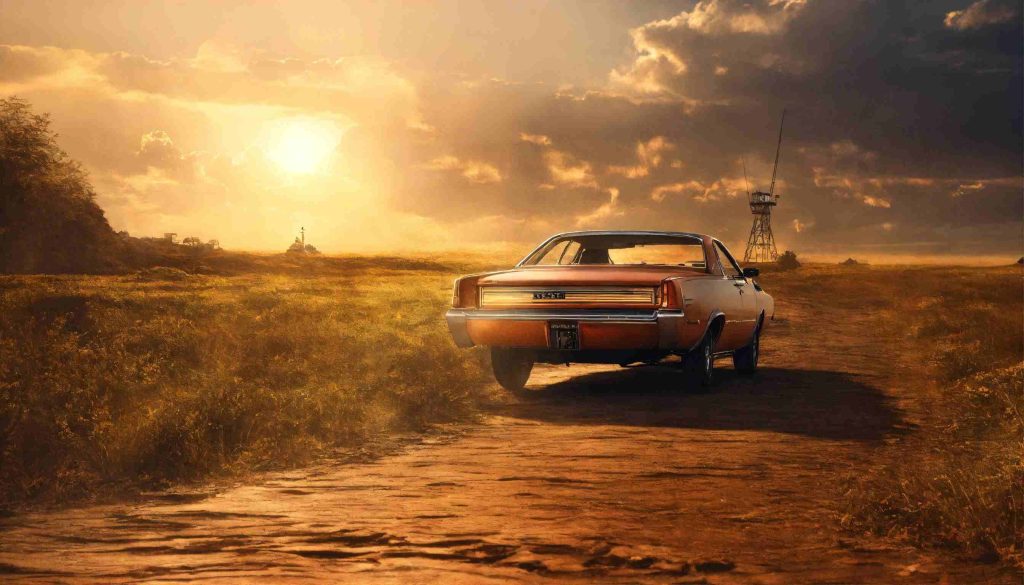
Valley of the Gods is located in a remote corner of southeastern Utah, so accessing it requires a bit of effort. Here are driving directions and transportation options for reaching the valley:
By Car
Valley of the Gods sits about:
- 3.5 hours from Salt Lake City
- 3 hours from Moab
- 2 hours from both Bluff and Mexican Hat, UT
- 1.5 hours from Page, AZ
- Just 45 minutes from Monument Valley across the UT/AZ border
Once you’ve reached Mexican Hat, buckle up and head north on Hwy 261 for 7 miles. Keep your eyes peeled for the Valley of the Gods Rd turnoff on your right. If you miss it, just look for the giant arrow that says, “This way to the awesome rocks!” (Just kidding, there’s no arrow, but wouldn’t that be helpful?)
Now, get ready for the real adventure: the Valley of the Gods Loop Road. This 18-mile gravel path is shaped like a lollipop, which is fitting because you’ll be grinning like a kid in a candy store as you take in the breathtaking scenery. And don’t forget to explore those tantalizing spur roads branching off the main route – who knows what hidden gems you’ll discover?
By Shuttle
Since Valley of the Gods has no public transportation, visitors without suitable vehicles can hire outfitters and tour companies offering guided shuttle service/tours into the area from towns like Mexican Hat, Bluff or Page, AZ.
Popular operators include:
- Wilderness River Adventures
- Texas River Expeditions
- Escape Adventures
Shuttles allow you to join expert guided groups to access Valley of the Gods without worrying about driving conditions or getting lost while still being able to see all the iconic sites and traverse the entire scenic loop road.
By Air
The nearest regional airport is Page Municipal Airport (PGA) located 42 miles northwest of Valley of the Gods, which offers direct flights to/from Denver, Phoenix and Las Vegas. Rent a 4WD vehicle from Page or arrange shuttle transport down to the valley upon arrival.
When to Visit Valley of the Gods
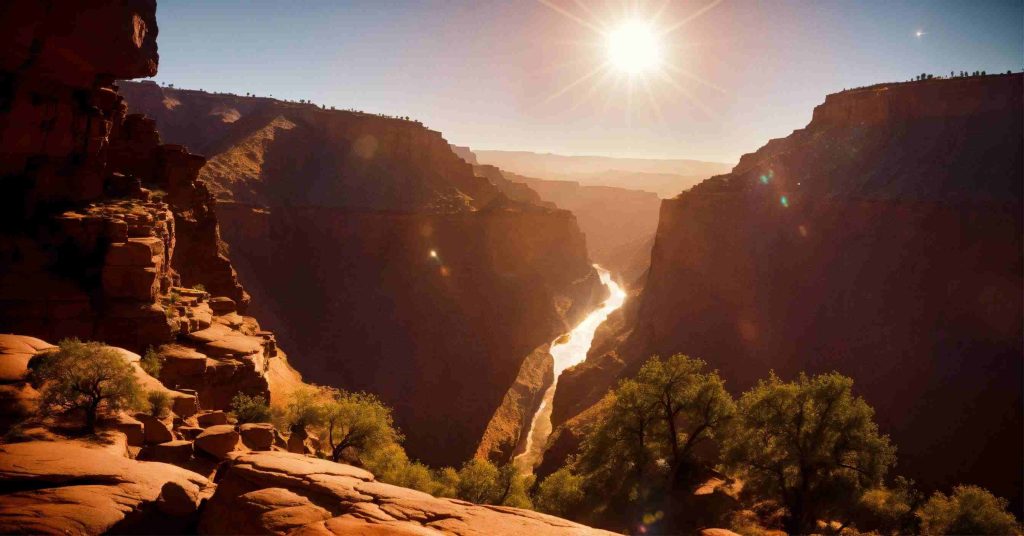
Valley of the Gods offers a year-round playground for nature lovers and outdoor recreationists. Each season brings it’s own advantages and highlights:
Spring (March – May)
Spring brings warmer weather and the reawakening of plants and wildlife in the valley. Hiking and camping conditions are ideal with highs ranging 50 to 70°F during the day. Crowds are minimal and you’ll have most viewpoints and trails to yourself outside of Easter weekend. Packing layers is key though as early spring still brings chilly nights. Wildlife like deer and birds are highly active with their young offspring.
Summer (June – August)
Summertime hits the high desert hard with extremely hot temperatures over 100°F on most summer days. While daytime exploration can be grueling, summer nights cool off nicely. Travel prepared with extra water, hats, sun protection and by hitting the trails in the cooler morning hours. Summer also brings monsoon season with incredible cloudburst storms that can cause flash flooding in slot canyons. The desert scenery pops even more after a good rainfall.
Fall (September – November)
Fall welcomes more moderate temperatures while still offering mostly sunny days and incredible scenery. The changing foliage paints the desert landscape with vibrant yellows and oranges mixed with the red rocks. Cooler nights are perfect for camping and stargazing. Make sure to pack layers as colder temps typically arrive by November. Crowds are thinner and you’ll have many incredible views to yourself.
Winter (December – February)
Frigid temperatures settle into the desert with highs around or just below freezing and overnight lows potentially dropping well below zero degrees Fahrenheit. While cold, the bare desert landscape presents amazing sights and photography opportunities not seen during the rest of the year. The roads could be covered in snow or mud after winter weather, so come prepared with 4-wheel drive if visiting in the winter.
Getting Around Valley of the Gods
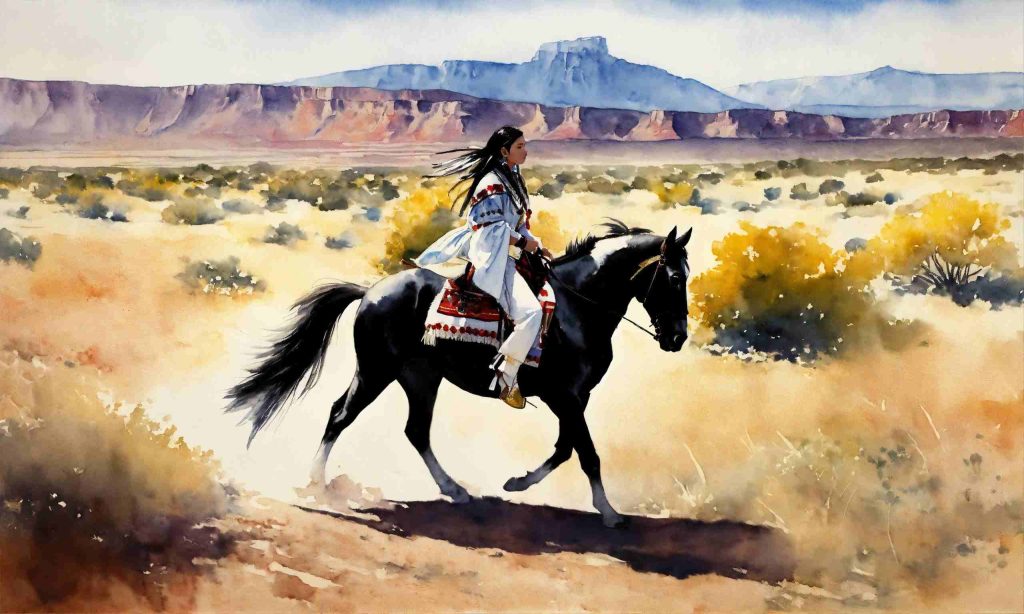
By Car
The 18-mile gravel Valley of the Gods Loop Road is the only public route through the area. Drive it slow to safely navigate the sometimes steep, rocky, rutted or sandy conditions. High clearance SUVs or 4WD vehicles with decent ground clearance are highly recommended. Watch for bicyclists and ATVs potentially sharing the road as well.
By Foot
Hiking trails traverse the landscape letting you access backcountry areas the road doesn’t reach. Popular routes include the 1-mile Mesa Arch Trail, the 4-mile Buffalo Arch Trail and segments of the longer Fish Seep Trail. Be sure to carry maps and GPS to avoid getting lost. Expect uneven slickrock surfaces, occasional drop-offs or exposed narrow paths requiring surefootedness.
By Bike
Mountain biking Valley of the Gods Loop Road makes for a challenging 20+ mile ride. Fat tire bikes work best floating over sandy patches and slickrock. Well-versed riders can attempt more technical single track options like Alhambra Rocks or other unnamed primitive routes. Although arduous given the remoteness, backcountry camping paired with epic bike-packing journeys across the rugged desert also lures the most hardcore cyclists.
By OHV/ATV
All-terrain vehicles like 4-wheelers and side-by-sides allow covering more ground off-road than possible by biking or hiking. However Valley of the Gods prohibits OHV/ATV riding within monument boundaries, so stick to designated routes in outlying areas like Butler Wash or Comb Ridge only. Group ATV tours launching from towns around the region also provide access to neighboring sand dunes and rock crawling zones.
Use caution navigating Valley of the Gods by any mode of transport. It’s remote desert environment means prepare accordingly for risks like extreme weather, poor communications, no water or gas and lack of emergency services. But also prepare to be wowed by the incredible scenery!
Best Ways to Experience Valley of the Gods
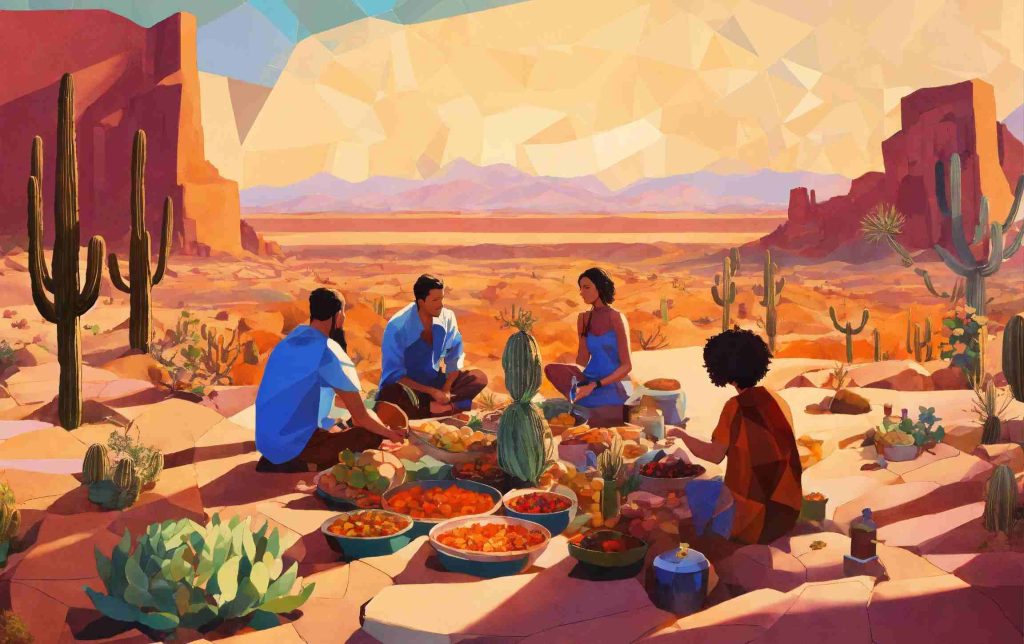
Scenic Driving Tour
The 18-mile Valley of the Gods Loop Road provides the most popular way for visitors to explore the area. The gravel road forms a loop through the heart of the valley, offering non-stop views of the otherworldly rock formations just outside your car window. Allow 2-3 hours to drive the loop, stopping at the various viewpoints and for short hikes along the way. Make sure to check road conditions before embarking as heavy rains can cause damage.
Key Tips:
- Drive a high clearance vehicle and watch out for rocks or deep ruts
- Avoid driving RVs or pulling trailers over 25 feet long
- Carry a spare tire and recovery gear as cell service is extremely limited
Hiking
Valley of the Gods offers hikers over 6,000 acres of roadless backcountry to explore on foot. Trails crisscross the landscape taking you up close and underneath many of the colorful sandstone towers and formations. Iconic hikes include the 1-mile Valley of the Gods Overlook Trail or the longer 4-mile Buffalo Arch Trail that winds through a canyon beneath the massive arch.
Key Tips:
- Carry plenty of water – desert heat can escalate quickly even during cool seasons
- Watch for flash flooding in slot canyons during summer monsoons
- Wear sturdy hiking shoes for uneven, rocky terrain
- Avoid steep climb routes if afraid of heights
Camping
Pitch a tent or park your RV to spend anywhere from an afternoon to a week camping in Valley of the Gods. Designated campsites are located near the southern end of the loop drive, each with a picnic table, fire ring and vault toilet. Free dispersed camping is also allowed throughout the area.
Key Tips:
- Only basic services offered – practice leave no trace principles by packing out all trash
- No potable water available – bring your own
- Prepare for remote area with no cell service or hookups
- Firewood gathering prohibited – pack your own or use gas stoves
Stargazing
With dark desert skies and minimal light pollution, Valley of the Gods sets the stage for phenomenal stargazing opportunities. Billions of stars dazzle overhead on clear nights, along with sights like the Milky Way Galaxy, shooting stars, satellites and potentially the Northern Lights. Local astronomy groups even host “star parties” and night sky photography workshops in the area.
Key Tips:
- Bring binoculars or telescopes to enhance the views
- Use a star-chart app to identify constellations
- Try night sky photography with a DSLR camera and tripod
- Enjoy views after dark from camp or one of the vista points along the road
Wildlife Viewing
While not teeming with wildlife, patient visitors can spot a variety of desert creatures in Valley of the Gods like jackrabbits, mourning doves, red-tailed hawks, coyotes, deer, snakes, lizards and more. Endangered species like the Mexican spotted owl and kit fox also inhabit the area. Pay attention to wildlife signs and avoid disturbing any animals you encounter. The best times to see wildlife are during the cooler morning and evening hours when animals are most active.
Key Tips:
- Bring binoculars and telephoto camera lenses
- Look for animal tracks and scat (droppings)
- Listen for bird calls and animal sounds
- Respect wildlife by keeping appropriate distances
More Things to Do in Valley of the Gods
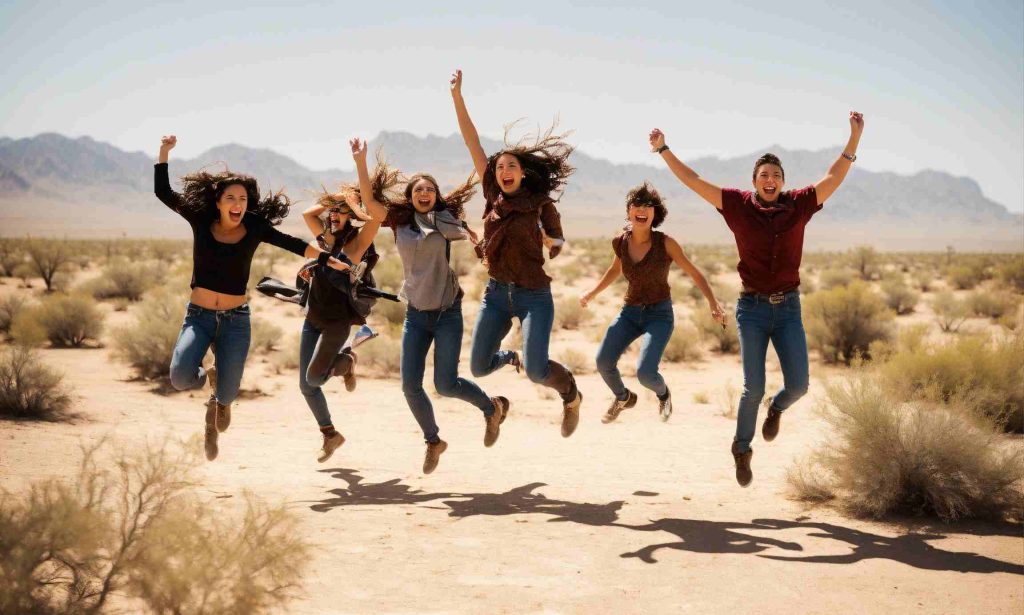
Photography
With it’s stunning towering rock formations, vibrant colors and incredible vistas, Valley of the Gods is a photographer’s paradise. From sunrise shots at Mesa Arch to panoramas of spires in side-lighting at dusk, there are endless opportunities for great photographs. Use a wide-angle lens to capture the scope of the landscape or get in close with a telephoto lens to highlight unique textures and details in the rock. The valley is especially popular for night sky photography featuring the Milky Way during clear, dark skies.
Tips:
- Use tripod for stability, long exposures
- Try 3 bracketed exposures for HDR photography
- Shoot during golden or blue light hours for best colors
- Capture motion of clouds drifting between formations
Mountain Biking
Fat-tire mountain bikes equipped with 4 to 5 inches of tire width handle the sandy terrain well for adventurous rides through Valley of the Gods. Specifically built for off-road conditions, these bikes provide stability and traction to conquer slickrock fins, loose climbs, ledges and other desert features. Guided single-track and jeep road tours available locally or go solo for ultimate freedom exploring backcountry routes less traveled.
Tips:
- Know your technical skill levels before attempting challenging routes
- Always wear helmet and protective gear in remote settings
- Carry tools, tubes, hydration packs on longer rides
- Consider an eBike for added pedaling power when needed
4×4 Off-Roading
Get an even closer look by taking your own 4-wheel drive vehicle down rugged backroads and Jeep trails around Valley of the Gods. Iconic routes like the Valley of the Gods 4×4 Trail and Arch Canyon Trail offer moderate challenges crossing dry washes and slickrock. Be prepared to “air down” to lower tire pressures for increased traction over rocks. Expect stunning views along narrow cliffside paths and through curving slot canyons rarely seen except by high-clearance vehicles.
Tips:
- Use extreme caution in remote areas without cell coverage
- Carry tow straps, recovery boards, full-sized spare tires
- Watch for potential damage to vehicles from pinstriping or rock scrapes
- Respect all environmental closures and stay on designated routes
Multi-Day Backpacking
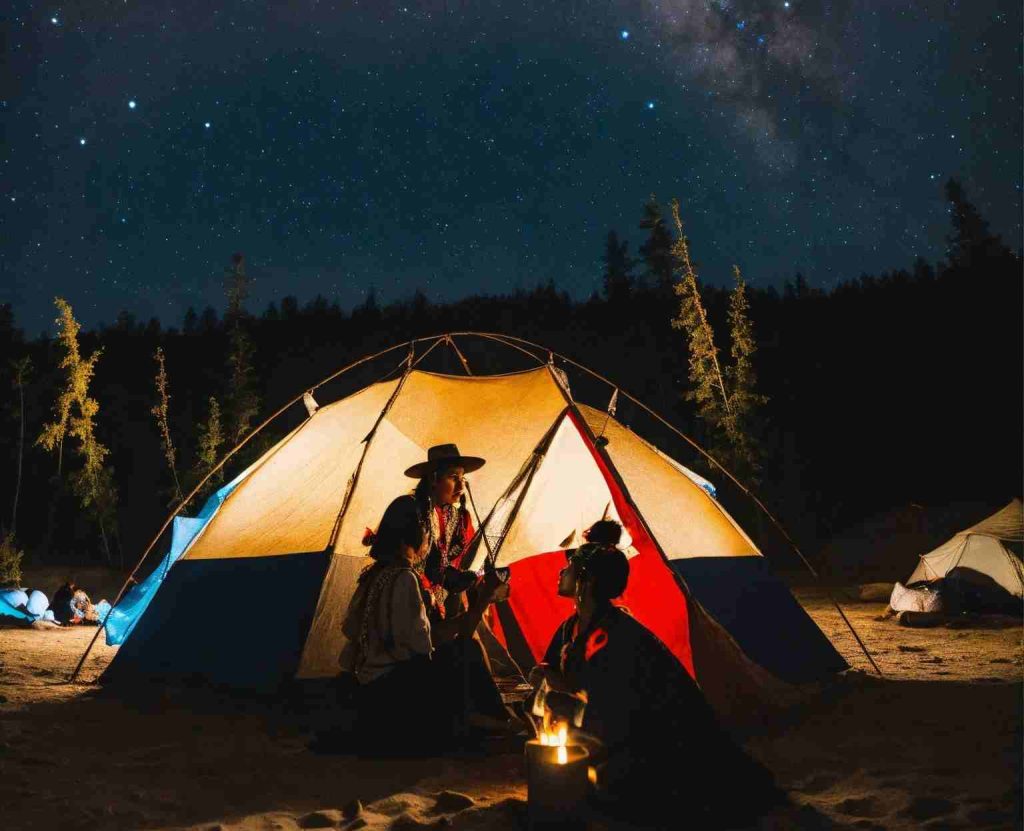
follow in the footsteps of ancient explorers on the legendary Old Spanish Trail, conquer a jaw-dropping 25+ miles of canyons and mesas on the famous Rockstack Loop (because who needs a stairmaster when you’ve got nature’s own obstacle course?), or connect the dots between photogenic arches and spires on the Arch Canyon Route.
Feeling extra bold? Create your own cross-country route using maps and GPS – just don’t be surprised if you accidentally stumble upon a hidden portal to another dimension or become the star of your own survival reality show.
Tips:
- Obtain proper permits and leave detailed itineraries
- Carry plenty of water – springs are rare in desert settings
- Prepare for constantly uneven rocky footing
- Expect complete isolation for days with only your thoughts and the stars overhead at night
Top Attractions and Stops in Valley of the Gods
Beyond the awe-inspiring landscape itself, don’t miss these iconic attractions and viewpoints if driving or hiking through Valley of the Gods:
Mesa Arch
This picturesque arch stands out dramatically against the blue sky, creating the postcard perfect scene Valley of the Gods is most famous for capturing. Mesa Arch marks the northern gateway into the valley and is an easy 0.5 mile hike from the road. Photograph it at sunrise or sunset for epic views.
Pyramid Butte
Marking the southern end of the valley, Pyramid Butte is an appropriately named lone rock spire towering nearly 350 feet into the sky. It’s precarious form looks like it could topple over at any minute despite standing for ages, making for fantastic photographs.
Seven Sailors
Named after famous explorers, Seven Sailors refers to a group of seven tall sandstone spires clustered together. Look for them around midway through the loop drive, then stop to take an short off-trail hike around their base to admire them up close.
Panorama Point
True to it’s name, Panorama Point offers what is perhaps the most breathtaking viewpoint across nearly the entire valley. Gaze out at row after row of red rock fins, towers and monoliths receding endlessly to the horizon from this vantage.
Newspaper Rock
See one of the largest collections of petroglyphs (rock art) in the Southwest at Newspaper Rock. Multiple symbols and drawings etched into the dark patina record stories spanning 2,000 years of Native American history.
Where to Stay near Valley of the Gods
Since Valley of the Gods itself offers only primitive camping, here are some of the closest lodging options in the surrounding communities:
Bluff, UT
- Recapture Lodge
- Desert Rose Inn
- Cadillac Ranch RV Park
Mexican Hat, UT
- San Juan Inn
- Hat Rock Inn
- Mexican Hat Lodge
Blanding, UT
- Stone Lizard Lodging
- Blue Mountain RV Park
- Four Corners Motel
Page, AZ
- Best Western View of Lake Powell
- Courtyard Page at Lake Powell
- Debbie’s Hide A Way
Monument Valley, AZ
- The View Hotel
- Goulding’s Lodge
- Hyatt Regency Monument Valley
No matter where you stay, Valley of the Gods is an easy day trip drive of less than 60-90 minutes away.
Insider Tips for Visiting Valley of the Gods
Follow these tips to make the most out of your Valley of the Gods adventure:
- Give yourself at least 3-4 hours (or more) to explore the full loop drive
- Go as early in the morning as possible to beat crowds and enjoy cooler temps
- Fill up on gas ahead of time – no services available in the valley
- Pack a picnic lunch or snacks to enjoy at a scenic viewpoint
- Bring good hiking shoes or boots for uneven and rocky terrain
- Watch for flash flood danger when hiking slot canyons in summer
- Respect all signage and leave no trace principles to preserve the landscape
- Get off pavement and explore remote backcountry – that’s the big allure!
- See if you can spot any famous rock formations or arches found on Utah license plates
Expenses for Visiting Valley of the Gods
| Expense | Cost |
|---|---|
| Gas (driving approx. 200 miles roundtrip from Mexican Hat, UT) | $80 (at $4 per gallon and 25 MPG) |
| 1 night camping fee | $16 per site |
| Groceries/Food | $50 (depending on length of stay and preferences – plan for no services onsite) |
| Activities (hiking permits, equipment rentals, guide services, etc.) | $100 |
| Lodging (1 night in Mexican Hat, UT before/after) | $100-$200 per night |
| Park Entry Fees | $0 (no entrance fees currently) |
| Total Trip Cost Estimate | $350 to $450+ |
FAQs
Valley of the Gods sits in southeast Utah, about 14 miles north of Mexican Hat, UT and 43 miles west of Bluff, UT. It falls within the Bears Ears National Monument boundaries.
The nearest town is Mexican Hat, UT – roughly a 15 minute drive southwest. Bluff, UT lies about 45 minutes northeast. Page, AZ is the nearest large town, about an hour drive northwest.
Absolutely! If you love dramatic desert scenery, Valley of the Gods offers incredible natural beauty rivalling it’s more famous neighbor Monument Valley, often at a fraction of the crowds. It’s towering sandstone spires, arches and petrified landscapes create unique, almost alien-like views unmatched across the Colorado Plateau.
Scenic driving, hiking short canyon trails, camping and photography top the list of favorite activities. Stargazing and wildlife viewing also provide entertainment against the backdrop of the majestic rock formations.

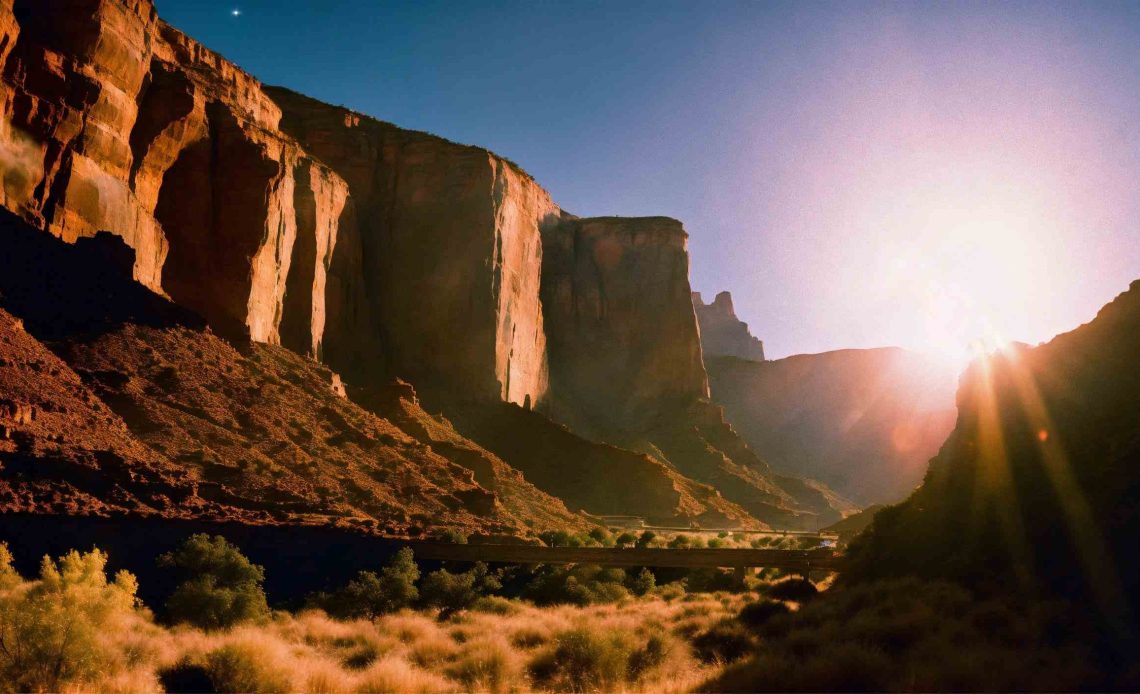
Its like you read my mind! You seem to know so much about this,
like you wrote the book in it or something. I think that you
could do with a few pics to drive the message home a little bit, but other than that,
this is magnificent blog. A fantastic read. I will certainly be back.